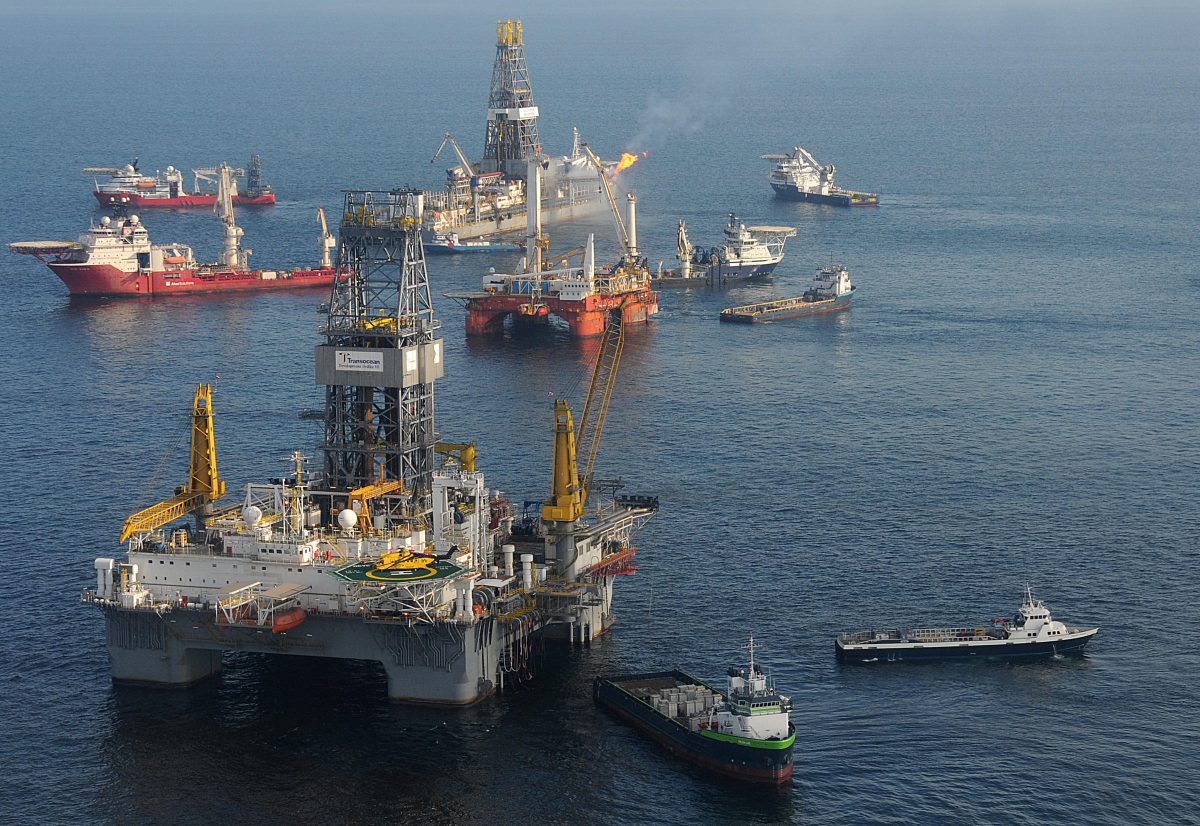
On a blustery morning in May, I stood on a “hill” overlooking Maeslantkering. Holland doesn’t have any real hills. I know what I stood on – soil dredged and formed into a small mountain. Road cyclists circled us, training on the only elevation they can find in their backyard.
The name Maeslantkering contains the Dutch suffix “kering,” meaning “gate.” This structure is the gate to end all gates. The supreme gate. It sits in two pieces on either side of the Maas river. The wind whips up white caps as container ships pass by. Rotterdam – and its commanding port – is just to our west.
Supporter Spotlight

The gate came to exist here as a solution to one of Holland’s water challenges. Following a deadly flood in 1953, The Netherlands was devastated. The waters took about 2,000 lives and wreaked havoc. About a quarter of the country is below sea level. Storms coming from the north, as this one did, push vast amounts of water down the rivers and over the dikes.
I tried to compare storms but found these fronts from the north are nothing like hurricanes or cyclones. Cold arctic winds stir up trouble leaving Iceland and push the North Sea to its brink.
The Dutch vowed “never again,” and they stuck to their word through the decades. Maeslantkering came online in 1997, and it was the final and most complicated piece of the puzzle.
Other flooding solutions in the Netherlands are forever – think dams or dikes. The Maas river had a unique set of needs. Blocking it – permanently or partially – was completely out of the question. Rotterdam made that crystal clear. The port won’t slow down at all.
Behold the solution. Beyond the Keringhuis welcome center is an enormous white structure sitting peacefully on the riverbank, and it’s twin lies on the other bank.
Supporter Spotlight
Each wing of the Maeslantkering is just as long as the Eiffel Tower is tall. At its base is a rounded cuff of metal sitting in a perfectly curved slip. At its tip is a single, massive pivot point created out of 1.5 million pounds of steel and concrete.
When deployed, each wing pivots, extending the rounded cuffs out toward each other. It takes a few minutes to get each wing into position, but the port isn’t protected yet. Doors open at the base of each cuff, allowing the river to rush in and displace the air. The Maeslantkering slowly sinks to the base of the river. It’ll rest on a specially made platform to keep the gate level and safe. In the final moments of its submersion, the power of the river itself blasts away any sediment that’s piled on the platform.
As if that wasn’t impressive enough, know it’s a robot. This gate is designed to deploy automatically in the worst-case scenario.
Having just watched the coast of North Carolina struggle through hurricanes Matthew, Florence and Michael, I couldn’t help but feel a bond. The power of water is humbling. The odds feel insurmountable. But the rewards of living in such a place? Worth the risk.
The Dutch have a saying. “God created the world but the Dutch created the Netherlands.” For better or worse, these communities are committed to this remote flatland. Innovation is the only way to survive. Home is home.

People continue to “create the Netherlands” every day with their own small-scale stormwater projects. I was tickled to find rain barrels, pervious pavement, green roofs and other best management practices on display at the Keringhuis. These look familiar.
The risks of stormwater feel familiar as well. In the event that a big rain event comes from the south, the Rhine will be swollen and dangerous as it enters the Netherlands. Every home has a stake in absorbing some of their own runoff to make sure the river stays at safe levels. As a bonus, every home has access to subsidies if they use low-impact development techniques.
They are evolving just as North Carolina is evolving. Damming large bodies of water brought the Netherlands safety, but today’s leaders question the ecological effects (spoiler: they weren’t great). Natural hydrology can’t be beat. Sometimes it can even be a smarter investment.
The new Dutch manner of thinking is called “Building with Nature.” My favorite example of this approach is the Zandmotor, quite literally, sand motor.
On the remote ocean shoreline, dune health is critical. The challenge is: sand moves. Waves reclaim it. Dutch ships would pump sand from the ocean floor up onto the beach over and over, along the whole shoreline. “I know this. It’s beach renourishment,” I thought to myself.
But the Dutch wanted to cut costs. Instead, one ship pumped all the sand into one spot: a giant reservoir of sand in a carefully chosen location. Then, they let the sea do the rest. In theory, the waves will carry the sand along the beach, adequately renourishing the breadth of the shore. Time will tell.
I was stunned. I presumed there was only one way to do it. Learning about this alternative was thrilling.
That’s my biggest takeaway: there’s plenty of room to think outside the box. As North Carolina recovers and rolls forward, what new ideas will we uncover? We need to be ready to work smarter, not harder.
To stimulate discussion and debate, Coastal Review Online welcomes differing viewpoints on topical coastal issues. See our guidelines for submitting guest columns. The opinions expressed by the authors are not necessarily those of Coastal Review Online or the North Carolina Coastal Federation.







